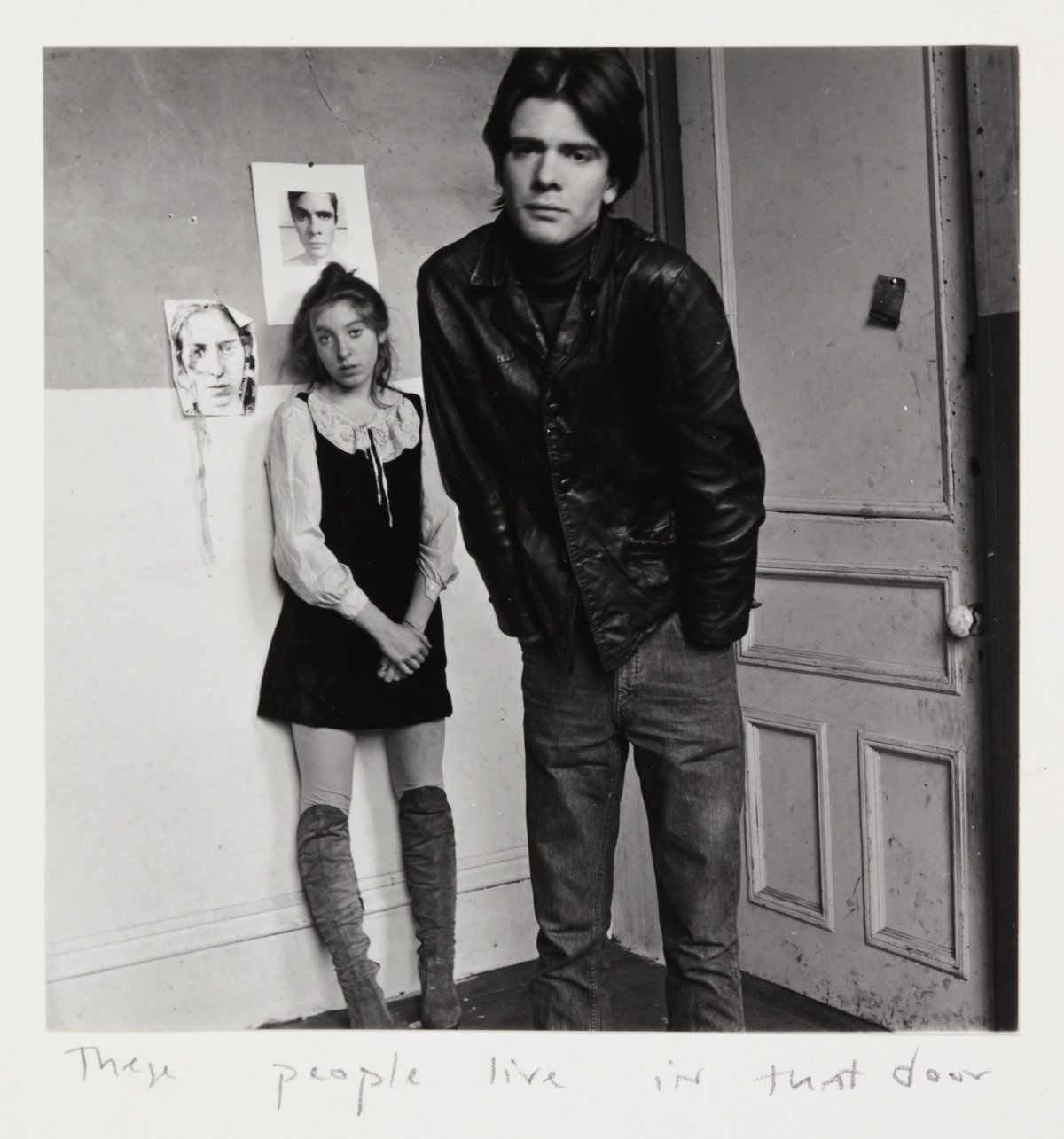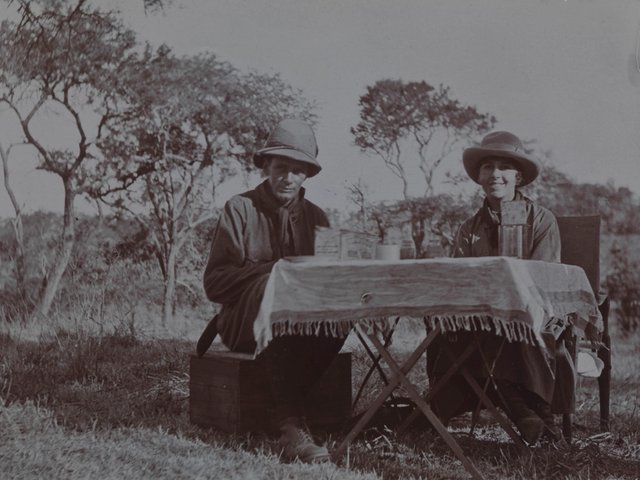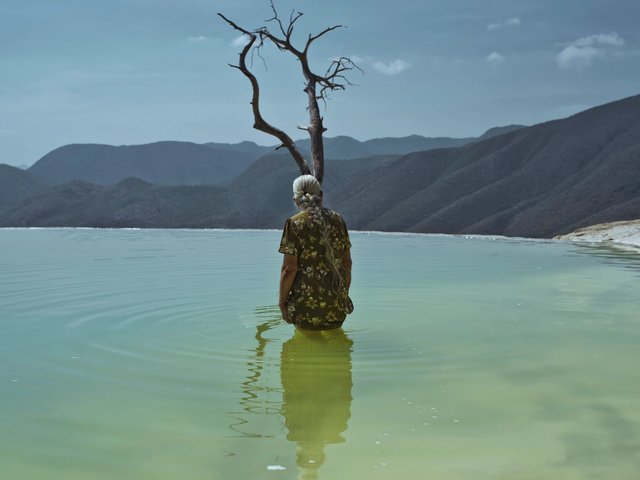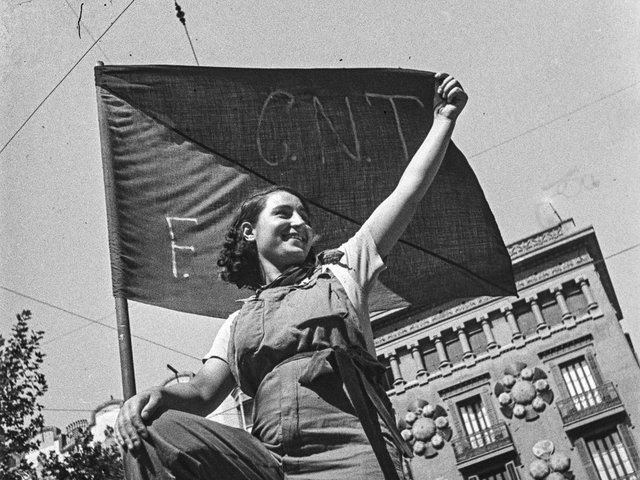The next showing of work by Francesca Woodman is so small it is hard to call it an exhibition: three of her small vintage prints going on display at Gagosian’s booth in Art Basel. But it is an announcement of sorts—both that Gagosian is now representing the artist (formerly with Marian Goodman and Victoria Miro) and that the Woodman Family Foundation has a lot in store for the artist’s fans and scholars. Two of these prints have not been exhibited before and the other is a prime example of a famous image by the artist, known both for her experimental self-portraiture and her suicide in 1981 at age 22.
Until their own deaths, Francesca’s parents George and Betty, both artists themselves, had carefully guided their daughter’s posthumous career. Now it’s the foundation’s job, and it has a lot to work with: a trove of vintage prints, including many never exhibited before, her negatives, contact sheets, camera, tripod, the Victorian-style clothing she used in shoots and routinely wore, and journals and notebooks documenting her intentions and ideas for artworks.
“It’s a substantial amount of work—there were a number of photographs that Betty and George over last 25 years had consigned and let out to the market but they held many back for the Foundation,” says the Woodman Family Foundation’s executive director Lissa McClure, who oversees material by all three artists. As for the journals, she added, “George and Betty allowed some excerpts be printed in catalogues over the years, but the majority have never been seen.”
At least, not yet. This June, independent publisher Mack will release Francesca Woodman: The Artist’s Books, featuring eight books she made—really found books she remade or overlaid with photographs, inspired by Surrealist collage texts—between 1976 and 1980. The Foundation plans on opening a study centre early next year, which is around the time Gagosian New York will have a solo show. Also in spring 2024 the National Portrait Gallery in London is pairing Woodman’s work with Julia Margaret Cameron’s for a big show teasing thematic connections, Portraits to Dream In.
McClure said that the Foundation material is already allowing new insights into Woodman’s work, from her dedication to the darkroom to her interest in working serially. “She has become so known for these iconic, single images, and what we found in contact sheets and prints is a large number of related works that add a different context and allow for a broader read.”
Most of all, she believes the Foundation material will help give Woodman more of a voice after so many decades of biographical interpretation, much of it fixated on her death. “So much has been written about her or placed upon her,” McClure said, “so it’s really thrilling to give her more of a voice and agency.”






